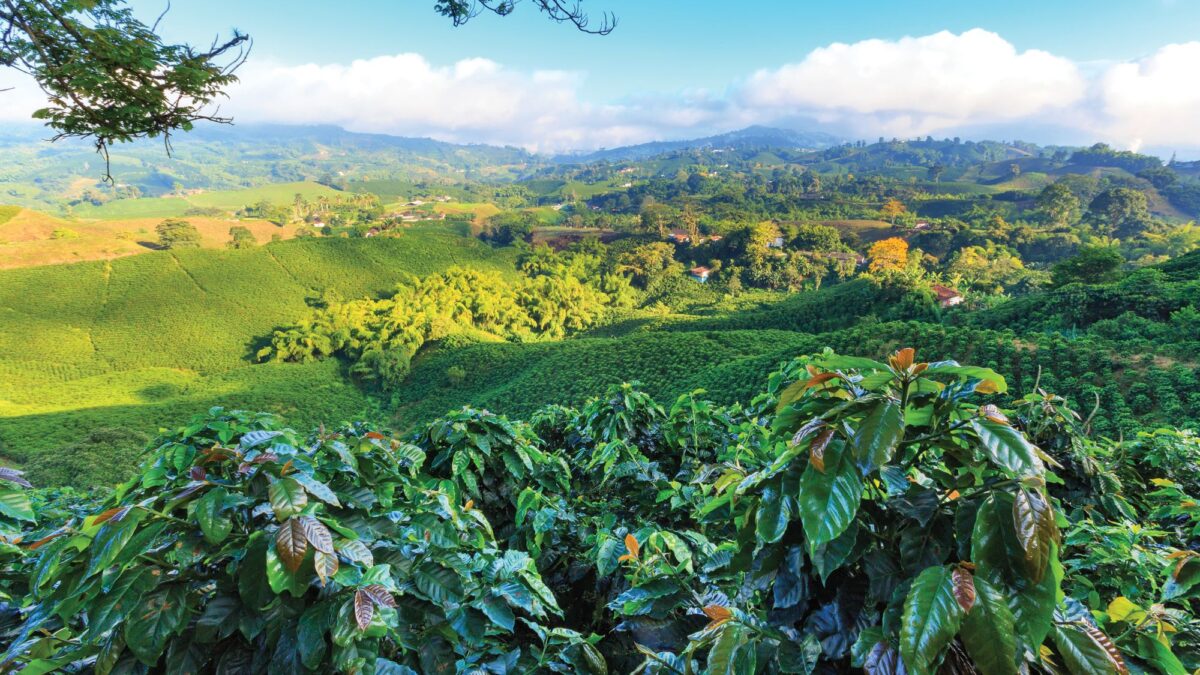
There are literally hundreds of roast varieties to suit the many flavors, beans, and consumer preferences. However, there are several standard roasts that consumers are familiar with that have become standards. The below lists should be a starter guide for every discriminating coffee drinker.
New England Roast
You’ll fine a New England roast in diners, donut shops, and most breakfast establishment. In many parts of the country this roast is often called a “cinnamon” roast even though there is no cinnamon included, and the two terms can be use interchangeably. The New England roast is a very-light to light roast. It’s a common or super-market roast but is very popular. Don’t be too snobby and disregard this popular style as “common” because some of the nation’s best coffee beans are lightly roasted this way.
The New England Roast provides a less than full body flavor and there is no obvious roasting flavor. This Roast is High in high acidity
If you are a home roaster this is a very simple roast to do. After several minutes in your home roaster, you will hear a “crack” or light “pop.” After this first sound stop the machine and take out your beans. Most American mast produced coffee is roasted this way.
Full or City Roast
City or Full city roasts are a shade darker/deeper than the New England roast. This is the roast that most specialty coffees are roasted at. It allows the flavor of the coffee to come out without any pronounced roast flavor. Full Roasts are ideal for specialty coffee as the extra roasting time allows for the sugars to develop but there is no loss of acidity.
Vienna
Named for the famous coffee houses in Vienna, the Vienna roast is a shade darker than the Full city. The Vienna roast does not lose varietal uniqueness but it does add a caramel notes to the coffee.
Espresso
This is the classic Italian espresso roast. Espresso also refers to the extraction process of coffee under high pressure water we are so familiar with. The Espresso roast is called this name because it is the lightest roast that allows for the high pressure water extraction that does not produce a bitter flavor. Any roast lighter than the espresso roast will make the coffee come out bitter because this extraction process highlights the acidity of the beans. Espresso roasts produce very balanced coffee.
Italian
The Italian roast has more pronounced oil and bittersweet notes, which adds to the flavor complexity at the cost of the coffee’s acidity. It’s a shade or two darker than the espresso roast but you can tell the difference from the shiny coat on the more oil spots of the bean’s surface.
French
The Classic French roast a very pronounced roasted note. You’ll notice the spicy charcoal notes much like food cooked on a grill. Beans roasted French are often shiny because their oils have surfaced and coated their exterior.










